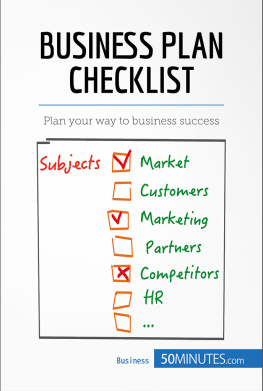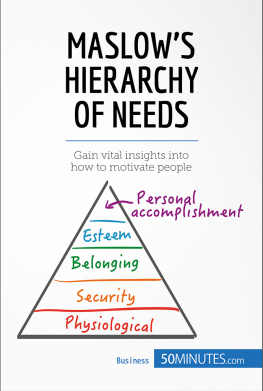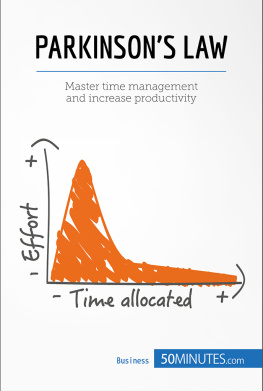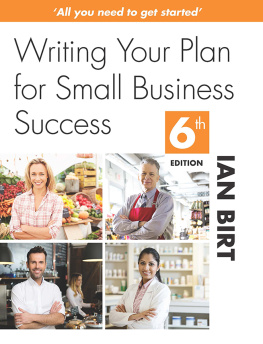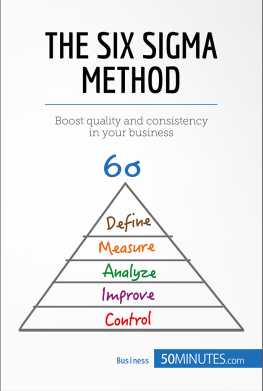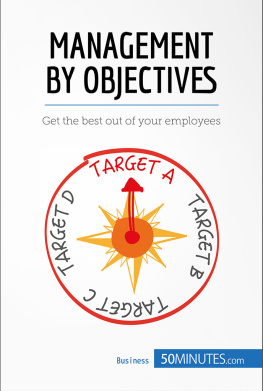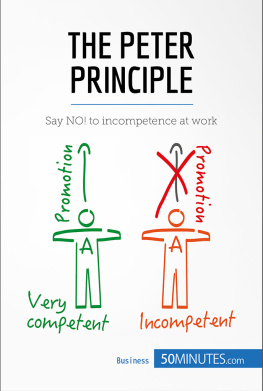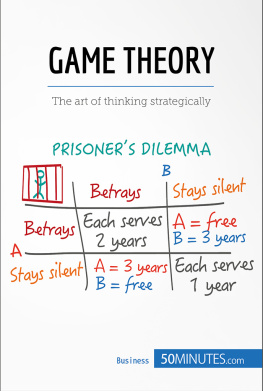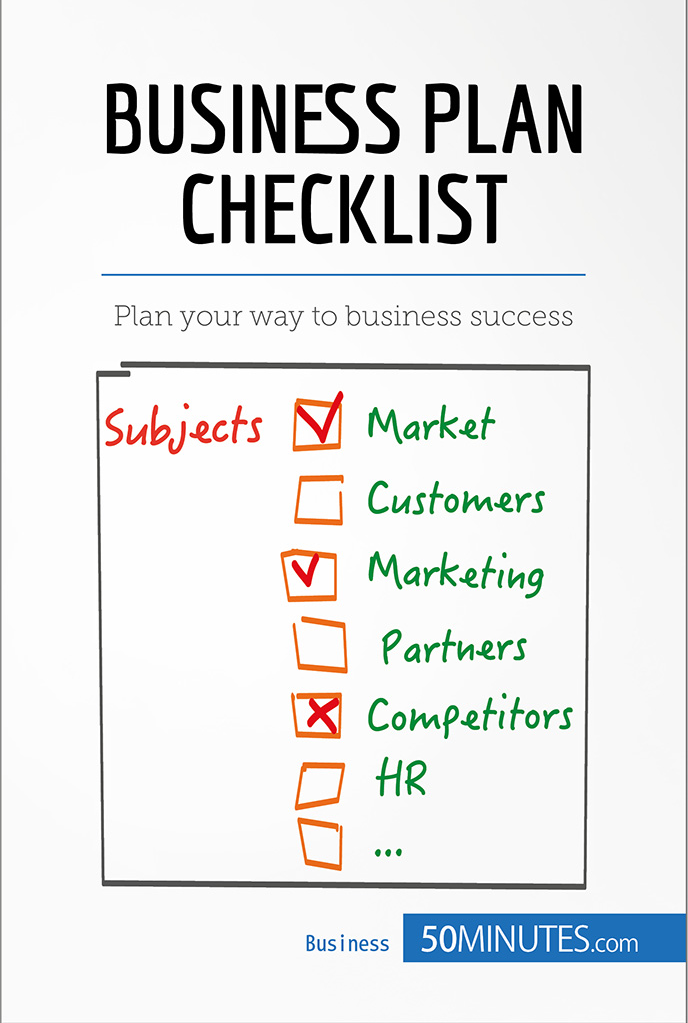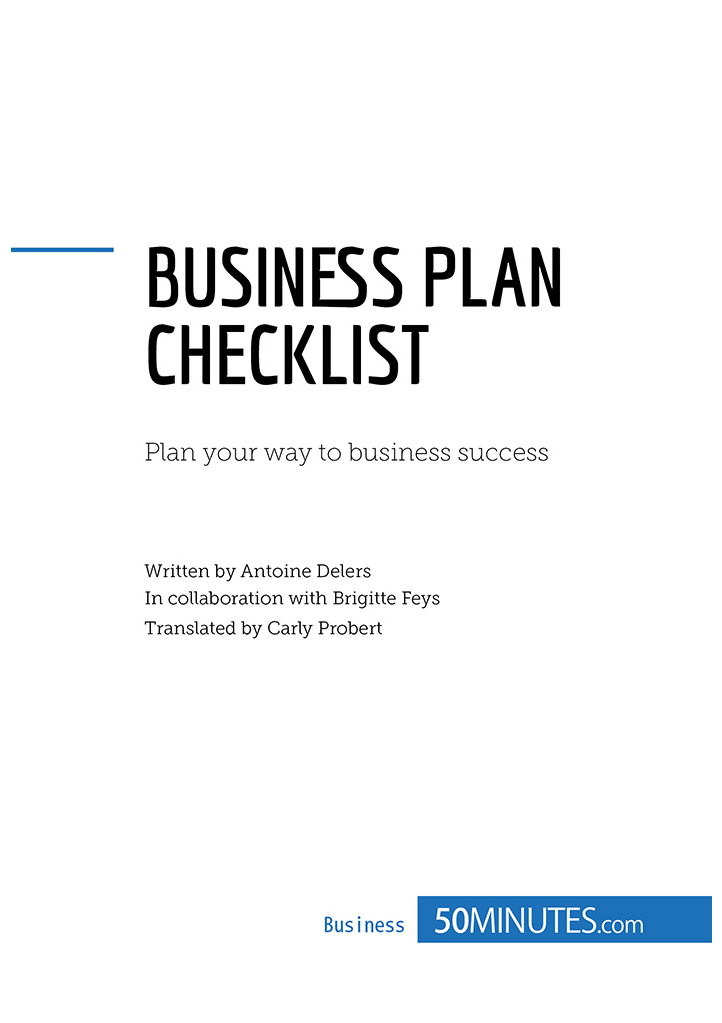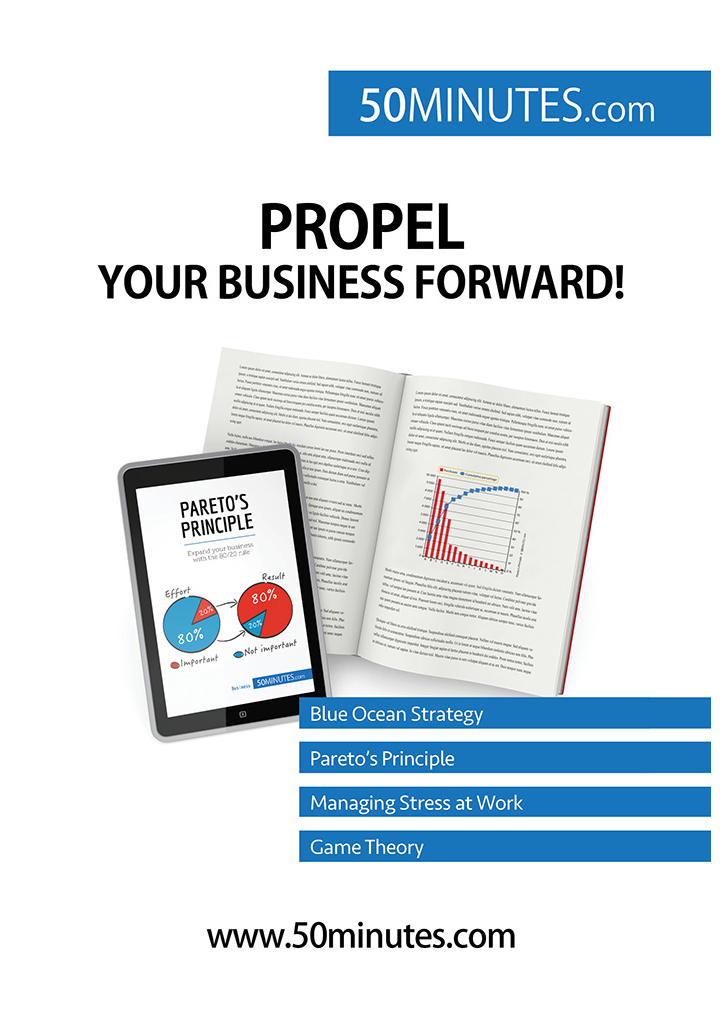Business plan checklist
Key information
- Names: Business plan, development plan
- Uses: Generally used to create new businesses or launch new products, a business plan allows the feasibility of a project to be assessed, taking into account the characteristics of the market, and defines the marketing plan.
- Why is it successful? A business plan helps to identify the limits and the prospects of a business project by detailing all of the points relating to the launch of the business: product, market, resources, etc. It is compulsory when a new company is being set up and when external financing is being received, and helps to establish the short- and medium-term strategy and financial profitability of the project, as well as the key success factors. The forecasts and strategies set out in the business plan are then used to monitor the smooth running of the companys activities and, if necessary, to make adjustments in order to achieve the objectives that were initially set as efficiently as possible.
- Key words:
- Financial plan: a plan detailing the financial inputs and outputs of a structure, including in particular the historical and projected assessments and income statements.
- Market: strictly speaking, all of the companies, customers, suppliers and other intermediaries involved in the same activity; more broadly, it includes the products, raw materials and third parties that interact with the market.
- Market research: qualitative and/or quantitative analysis of different stakeholders, such as customers, suppliers, competitors and market trends.
- Marketing mix: the coherent combination of the price, product, place and promotion variables of an activity (communication), directed towards the consumer to encourage them to buy.
- PESTLE analysis: the study of the macroeconomic factors (political, economic, socio-cultural, technological, environmental and legal) of the environment which may influence the development of a business. This analysis does not address the microeconomic environmental factors, which, although also outside the company, are specific to a businesss sector of activity.
- SWOT analysis: the study of the internal and external environment which allows the strengths, weaknesses, opportunities and threats related to a specific company to be identified.
Introduction
The origin of the business plan coincides with a growing desire to establish and ensure a degree of stability, particularly in terms of funding, for a new venture (realisation of a project, creation of a business, etc.). To describe the future situation of a business project, with the aim of making this happen, a business plan is needed. It was particularly during the 1970s a period which saw a proliferation of crises and cross-sectorial changes (due to oil crises and the arrival of computers) that this tool became essential to start and run a company effectively. It allows users to attract the attention of decision-makers, managers, bankers, etc. These are all potential stakeholders who, if they see the potential for profit, may wish to invest in the project.
Definition of the model
The business plan provides information to managers, shareholders and potential lenders by delivering an overview of the (new) company, its development models, its strategic choices and its environment. In concrete terms, the document mainly describes:
- The company and its main features , through a description of its strategy and future goals, a study of the strengths and weaknesses of the (new) company and, finally, a presentation of the future team;
- The market and customers, through market research that informs the third parties of the state of the market (its growth, its potential, etc.), customers (purchasing behaviour, etc.), competitors, suppliers and other key intermediaries.
- The expected competition , which lists the main strengths of the competitors, including the competitive advantages that the (new) company will try to gain;
- The marketing plan , which details the proposed marketing strategy for the product or service;
- The operational plan , which describes the organisation of the company on a daily basis, particularly through an analysis of the value chain and the different procedures;
- The financial plan , which completes the business plan by projecting the financial forecast over several years, including the expected return on investment (ROI). This is the section that will interest the investors and bankers most. It mainly includes the expected revenues and expenses during the first few years of launch, but also the investment plan, the various financial partners targeted and the projected balance sheets and income statements.
Theory
Although the term has existed for over a century, the use of the business plan did not spread until the late 1960s and early 1970s (the end of the cultural decade of the Sixties and the emergence of the oil crises starting in 1973). At that time, two major changes were observed:
- the reluctance of investors;
- the emergence and development of IT.
The reluctance of investors
Following the crises that discouraged investors, it became necessary for businesses in search of financing to design and pay attention to their project presentation in order to effectively convince potential shareholders. Their pitch had to be structured, professional and as realistic as possible.
The inversion of the supply and demand curve encouraged investors to be more cautious in their financing: they now wanted to ensure that they did not overlook any details. With the drop in demand coinciding with a proliferation of increasingly risky projects, it became essential to be able to ensure, thanks to a stable foundation i.e. an objective and realistic business plan that the company was definitely viable. Also linked to this change, the increased competitivity required entrepreneurs to be more rigorous in their work (choice and anticipation of potential risks) when creating a business or launching a new product, leading them to conduct a preliminary study to confirm the prospects of success.
The emergence and development of IT
The second change is linked to the appearance of computers in households and intangible (virtual) products. The rise of Silicon Valley in the United States, the birthplace of technology companies, contributed to this development. On the one hand, the creation of many startups required significant investment. On the other hand, investors needed to ensure the viability and ROI of the projects they financed.
The situation today
Nowadays, drawing up a business plan has become virtually indispensable for the management and creation of new activities, or even for the abandonment of certain activities and the consequent redeployment of resources. Leaders need a solid and consistent base to work from, and investors require certain pieces of vital information to invest their money with confidence. In a small number of cases, the absence of this document is justified. These cases will be discussed in the section on the limitations of the model.

